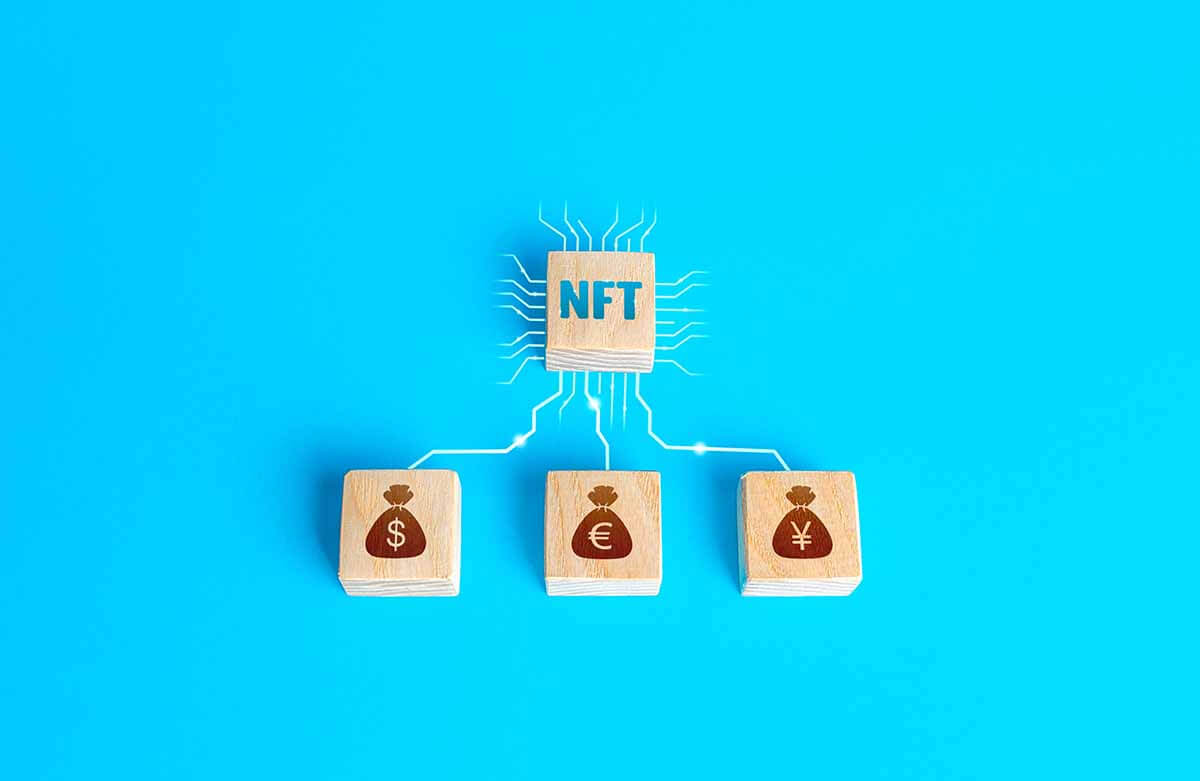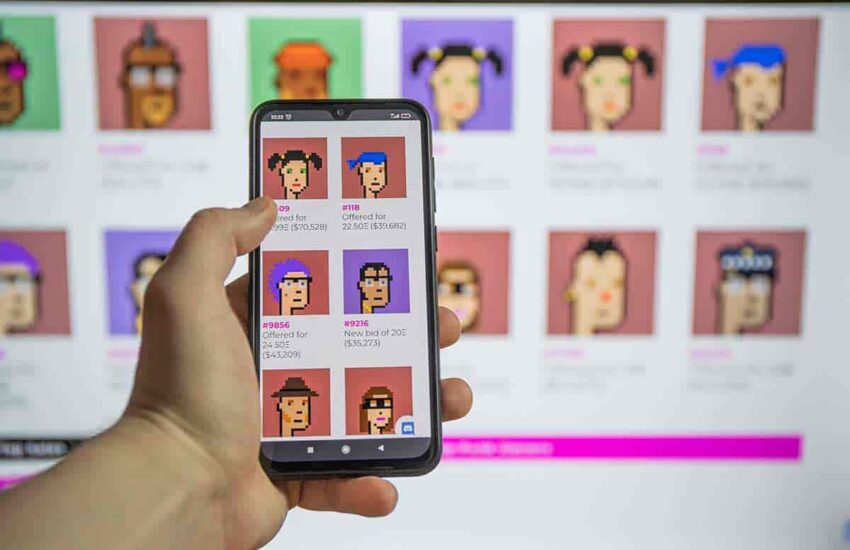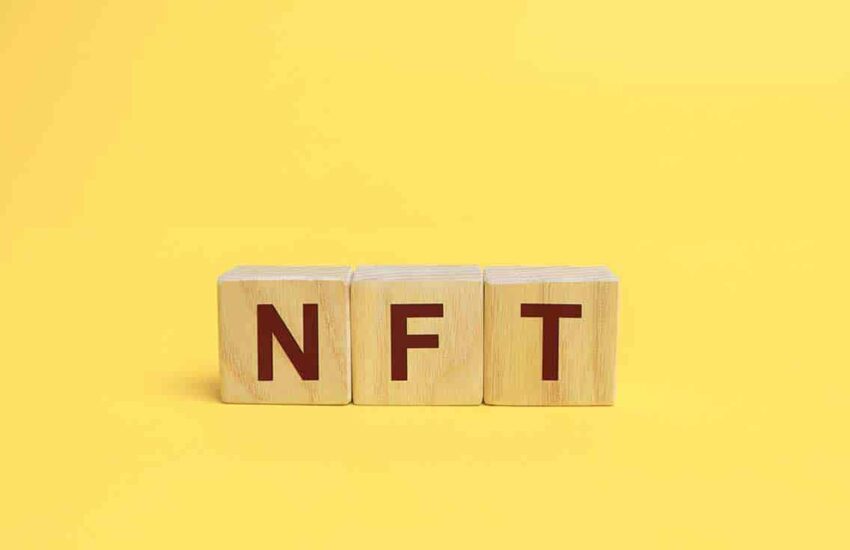When Did NFT Become A Thing?
The NFT world is a relatively new thing and has greatly popped up in the creative and gaming worlds right now. Those familiar with the cryptocurrency world have also found NFT relatable due to its similarity with bitcoin.
Even though the NFT world is relatively new, the first NFT project launched in 2015 on the Ethereum blockchain. Around 2012/2013, NFTs emerged from something known as “colored coins.” The colored coins were initially launched on the Bitcoin blockchain. Colored coins are tokens that stand for real-world assets like cars and houses/real estate. They use a blockchain to prove ownership of these assets.
The idea of colored coins was later used to come up with NFTs. It paved the way and experimentation for this new blockchain.
NFTs are known as Non-fungible tokens stored in blockchains. Non-fungible signifies that they are unique and cannot be replicated or exchanged for something else. For example, bitcoins are fungible. When it comes to bitcoin because you can trade one bitcoin for the other since they have the same value, while with non-fungible items, you can’t do that.
NFTs store data in blockchains and are in various computers worldwide to prevent you from screenshotting another person’s picture and trying to get credit for it. A blockchain has all the information from copyrights to every person that has purchased that piece of art (in pseudonyms).
NFTs offer creatives a perfect platform to sell digital items/art without losing credit to the items and also be able to earn from it every time someone re-sells them.
Where did NFTs come from?
NFTs were created back in 2013/2014 as a safe blockchain to trade collectibles in the place of bitcoins. The first NFT project ever launched on Ethereum was in 2015. NFTs were created as a medium for artists to develop and monetize their work. It also provides collectors with complete transparency and provenance upon purchase.
When purchasing NFTs, you’re buying codes that manifest as images, music, GIFs, domain names, etc. Not only will you be buying the piece of art, but also the property rights to it.
A short history of how NFTs came into existence
2012-2013- Colored Coins
The NFT idea emerged from colored coins. This original idea used the Bitcoin blockchain for real-world assets such as coupons, company shares, property, and collectibles. Anyone could use Colored coins to represent various types of investments, from property to digital collectibles.
Colored Coins showed a great example of what Bitcoin was capable of doing. The downside to Colored Coins was that it could only represent specific values if everyone agreed on its worth. For example, if three people decide that 100 colored coins represent 100 company shares, it will be hard for a third person to deny this, and it causes the system to fall apart. Colored coins at least paved the way for more experimentation and laid the groundwork for NFTs.
The idea behind Colored Coins is what was later on polished and improved and gave birth to NFTs.
2014- Counterparty
In 2014, Robert Dermony, Adam Krellenstein, and Eva Wagner founded Counterparty. Counterparty is a peer-peer financial platform and distributed, open-source Internet protocol built on the Bitcoin blockchain.
With Counterparty, anyone could create assets and their tradable currencies. One could even trade memes without counterfeit issues. Counterparty acted as the pathway between blockchains and the virtual items
2015- Spells of Genesis
In April 2015, Counterparty partnered up with Spells of Genesis. Together, they pioneered the creation of in-game assets into the blockchain. Spells of Genesis were also the first ones to launch an ICO. It was still so early in the game when ICOs were then known as Crowdfunding. They also helped in funding development by launching BitCrystals, an in-game currency.
2016- Force of Will and Rare Pepes
In August 2016, Counterparty partnered up with Force of Will, another popular trading card game. At the time, Force of Will was a large mainstream company ranked at number 4 in card game sales in North America. Their entrance into the system showed how valuable it was putting such assets on a blockchain.
In October 2016, people started offering “rare pepes” as assets on the platform. Rare pepes are a type of meme featuring a frog character. Even rare pepes memes experts came up to determine how unique the memes were; this shows the need for unique digital items. Even today, Counterparty contains numerous NFT-like assets built on its platform.
2017- Memes, CryptoPunks, and CryptoKitties
In 2017, memes started getting sold as NFTs too. In March 2017, a project named Peperium was announced as a decentralized meme marketplace and trading card game that allowed everyone to create memes that live eternally on Ethereum and IPFS.
In June 2017, John Watkinson and Matt Hall created 10,000 unique characters and named this project Crypopunks. These characters were all unique and given out for free, and they began being sold in the secondary market bringing in a lot of money.
In October 2017, CrypoKitties made NFTs hit the mainstream. CryptoKitties is a blockchain virtual game that allows players to adopt, raise, and trade virtual cats. The game quickly went viral after its launch, and it quickly made headlines as people bought and traded the virtual kitties.
2018-2021
During this time, NFTs slowly moved into public awareness and became mainstream in early 2021, and that’s why you’ve heard about it a lot lately.
Who had the first NFT?
The first NFT came into existence on May 3rd, 2014, by Kevin McCoy. He created his NFT “Quantum” way before the Crypto art market exploded. Quantum is a pixel image of an octagon filled with dancing circles, arcs, and other shapes. All these share the same center where larger shapes surround smaller and hypnotically pulse in fluorescent hues. Currently, “Quantum” is on sale for several millions of dollars.
back in the day, together with Anil Dash, they came up with a system that will enable artists to sell, track, and take ownership of their work rather than share these pieces online with credit.
The first time McCoy and Dash showed a live demonstration of their great idea at the new Museum in New York, their audience laughed. But here he is today with “quantum” summoning over $1.4 million. Kevin McCoy is currently the pioneer of art that brings in several hundred million dollars in transactions every month.
How big are NFTs today?
NFTs have exploded in popularity in 2021 turning into $2.5 billion sales only in the first half of the year. NFTs have enormous amounts of investors, buyers, and sellers, some celebrities have invested in NFTs.
Celebrities like JayZ and Katy Perry have dived into the NFT world. If that isn’t enough to show you how big NFTs are today, other great institutions like Louis Vuitton and NBA have jumped right into NFTs.
Interest in NFTs at the moment keeps going up. For example, in the 30 days to August 5th, a total of 175,179 NFTs were sold for over $510.6 million, according to NFT tracking data. The buzz about NFT caught up in March when Beeple, an NFT artist, sold his artwork for $69 million. This incredible sale drove celebrities and big companies into the mix.
Celebrities and big organizations are now selling their own NFTs, raising their profile further. Even Coca-Cola launched an NFT worth $500,000 while the Twitter founder sold his first tweet for $2.9 million.
At the moment, NFTs are experiencing exponential growth and might go a long way into the future as it keeps helping artists. Source
Where are NFTs going?
The final goal of NFTs is their adoption by the government according to Forbes. Adoption by the government will mean that all information, even security information will be stored in a blockchain. But to reach this stage, the blockchain needs a lot of improvement in terms of innovation.
For NFTs to move forward, they will need to overcome a few hurdles such as storage issues and consistent NFT trading platforms that investors can trust. No one wants a platform that could disappear anytime.
Hopefully, the number of projects will increase, bringing new meaning to the purchased NFT art so that people can stop using them as profile pictures and use them for way more functions. People will swap professional pictures for digital profile pictures. When it becomes saturated, creators will have to come up with better innovations to cover it up.
This new wave will focus less on jpeg and more on the utility permeated in the smart contract, which is a self-executing program built on the blockchain. Long-term projects will focus beyond project innovation creating space for an ecosystem that supports innovation.
Future projects will find themselves in either one of these two categories; gaming or the real world.
Gaming
In-game collectibles constitute a significant part of NFTs as they create a long-term value for the collector such that they can re-sell it later on and make a killing. Axie Infinity and Zed Run created new game economics where players can earn real money by participating.
This aspect of earning could encourage more gamers to participate in purchasing NFT in-game items which will encourage creators to come up with more items to benefit gamers.
Real-world
Most people undermine NFTs and the utility they can provide in the real world. NFTs could expand to be more than just tokens to images and music and give you exclusivity in every manner.
You could be able to get news about when an event by your favorite artists is supposed to happen or when products are about to launch. Fans could soon buy such exclusivity, and anyone could get this exclusive chance to be part of a famous brand.
Conclusion
NFTs are currently blowing up, and every entrepreneur and investor is emptying their pockets to invest in this revolutionary technology. As the technology keeps developing, it might be able to hold physical assets too. When it represents real-world items, now that’s going to be revolutionary.
It is the best available way to prove ownership of items and could help people make purchases of assets without worry. Even though there will be frauds in the NFT marketplace, verifying authenticity is easy, and authenticity is not easily replicated, so this means anyone who is careful won’t lose a coin to scams.



